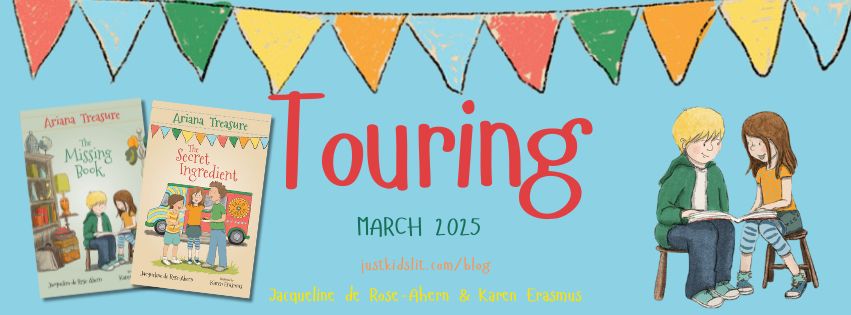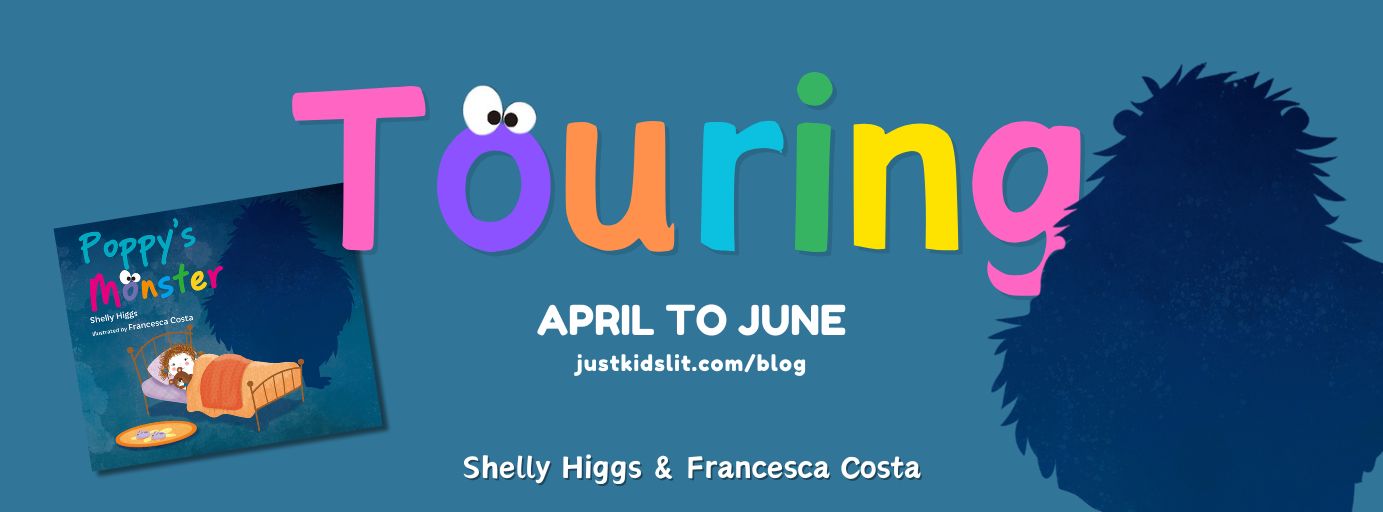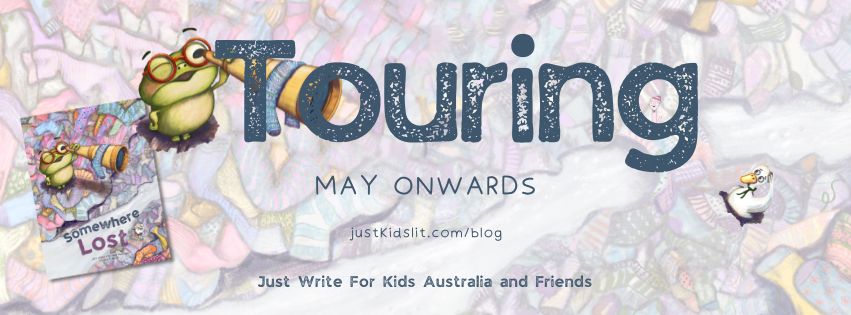Paul MacDonald, owner of The Children’s Bookshop, Beecoft, NSW addressed The Northern Sydney Sub branch of the CBCA recently, sharing his knowledge and experience of the Children’s Literature industry from a bookseller’s perspective. The following is a summary of the information I took home from the event. Thanks also to my ‘brains trust’ Brydie Wright, Paula Stevenson and Elizabeth Foster and for their contributions to this post.

Firstly, about Paul
If you read Paul’s biography you’ll realise that he’s pretty impressive. He has a Master of Education but has also studied in other areas, including at The Globe Theatre, London. His speciality is 19th Century Literature. Before taking over the bookshop, he worked for almost 20 years as a teacher of Upper Primary and Secondary schools, accruing numerous awards in teaching along the way, such as a Quality Teacher Award, the Premier’s English Scholarship and awards for his co-ordination of Regional Shakespearean Festivals.
To hear Paul speak, you realise the depth of his passion for engaging children with literature – particularly boys and adolescents. Paul won the inaugural Maurice Saxby Award in 2012 for his contributions to raising the profile of teen fiction and he also was the winner of the 2016 Lady Cutler award for services to children’s literature and literacy in Australia and he has just been a judge for the Premier’s Literary Awards.
Paula says: ‘I was most impressed at his energy and enthusiasm in promulgating children’s books.’
The nature of The Children’s Bookshop
The bookshop that Paul runs with his wife, Beth, is a hub of literary activity, running book-clubs, story-times, workshops, book launches and a Speaker’s Agency. Before the meeting was the launch of the poetry anthology A Boat of Stars and the shop was filled with many stars of kid’s lit like Margaret Wild, Julie Vivas, Stephen Michael King, Lesley Gibbes and more! You never know who you might run into at The Children’s Bookshop!
The shop is part of the community and responds to community expectations. It is unusual in its high staffing numbers and propensity to sell hardcover books.
How does the bookshop procure books?
Most books are ordered from the 22 reps who physically come into the store regularly. Many publishers are now expecting booksellers to look online to check for books, but with little time available, this doesn’t happen. If the publisher doesn’t have a rep coming to the shop, Paul doesn’t see their books. This distribution channel is the key to getting your book in the bookshop.

Brydie says: ‘Distribution is key to successful books. Those with the biggest, best distributors are advantaged. The better your distributor is at getting their books in front of booksellers, both online and in person, the wider access to sales you will have. Paul admitted that pure competition makes it tougher for self-publishers and books from smaller distributors to make a big impact on booksellers.’
Paula says: ‘I did find it interesting to hear the insider story of how books get promoted and how difficult it is to get distribution and books into shops if you are a small publisher with a small staff. Harsh reality.’
The bookshop also supplies books to 400 schools and so Paul is informed by what teachers are ordering. However, what sells in schools due to the curriculum does not necessarily translate into what sells in a bookshop, so it is vital to know your community. The Children’s Bookshop runs many book clubs, and so Paul gets an idea of what people are reading by resourcing these. He also follows trends from the USA.
How does Paul promote books?
‘Placement is everything,’ he says. A big pile of the one book gives authority to the book.
Paul looks for opportunities to have conversations about books. In the shop this looks like setting up signs around the shop like on blackboards, or tags, things to provide talking points.
The bookshop has 11,000 Facebook and Instagram followers where Paul has his ‘Book Trail’ – he clearly doesn’t sleep!

Paul attends 5-6 conferences as a speaker each year and he seems to be continually on the road visiting schools.
He looks at ways to engage kids, especially boys, with books and make it attractive/helpful if they read – what will they gain from it? e.g. girls will love it if they talk about x book. Also ‘speed dating’ a book events are great to get kids dipping into books and discovering what they like. Get conversations going about books and don’t be pretentious about reading and books.
The Speaker’s agency that Paul runs with his wife Beth, places authors and illustrators in schools for events as another way of connecting kids with books. Brydie says: An agency like Paul’s will fight for your author rights. He believes authors give away too much for free and if a teacher is being paid to be in the room, so should an author. (Promo tours are a different kettle of fish as they are unpaid but a bookselling and PR exercise).

State of the market:
The national curriculum does make changes to what is published, however sometimes writing to the curriculum gets in the way of a good story but the best books are ‘above the curriculum.’ Paul sees a similar issue in books from the USA whereby the drive to be politically correct and address current issue is heavy handed and diminishes the story and people’s engagement with it. Elizabeth says ‘Stories sell that touch a nerve in the reader, not ones that are written to ‘tick the boxes’ eg STEM – these stories often lose something. Don’t write to trend or you will be too late to catch them.’
One trend in High Schools is to be reading higher level adult fiction eg. The Choke
What is running out the door at the moment?
- Nevermoor has been the fastest selling of all time but slowed down now.
- Mr Bambuckles (Tim Harris) and The Fall (Tristan Bancks)
- See what I have done has been a big selling adult book
The trend in YA is social realism. Paul says the kids “want to cry but not at the end” – the book needs to be hopeful and dysfunction needs to be balanced with positives.
Horror is having a resurgence and Paul says that this is a cyclical thing – when times are tough, people turn to horror perhaps to reassure them that things in their life are not as bad as they could be!
He notes that often the more classical books need resilience as a reader to be able to stick with them because they take longer to build up the story.
THE END
But of course, this was not the end of the CBCA event! After all the news and networking we had to leave through the bookshop. And I defy anyone to leave The Children’s Bookshop without buying any books! Here’s what I took home…
Paula also writes about her experience here
You can find my website here

















2 thoughts to “Behind the scenes of The Children’s Bookshop”
Hi there! Great article about Paul McDonald and his bookshop. I’ve been trying to snare him for Buzz Words for ages but he never replies to emails. Is it possible for me to re-post this interview in September issue of BW? I will of course acknowledge justkidslit and include any links you’d like to send. Thanks so much in anticipation, Di xx
Hi Di! How fabulous to hear from you and your interest in re-publishing Debra’s article! Yes, of course we’d love to see it in Buzz Words! Thank you! 🙂